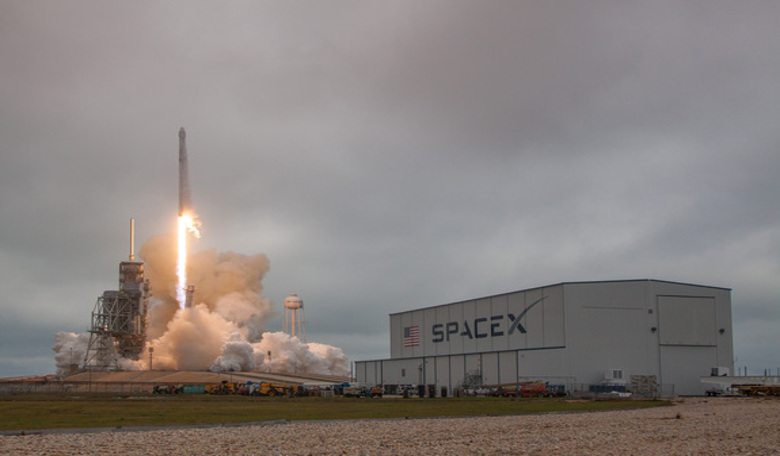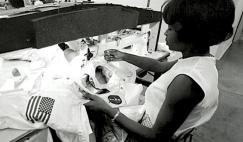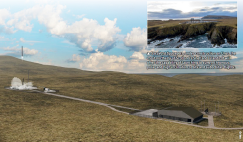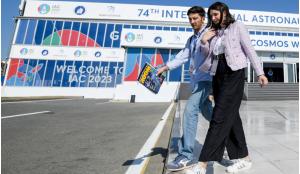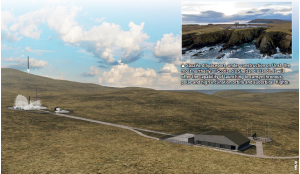SpaceX’s Dragon cargo craft successfully launched from Launch Complex 39A at NASA's Kennedy Space Center in Florida yesterday – the first commercial flight to do so from Kennedy’s historic pad since it was last used for the Space Shuttle program almost six years ago.
Following liftoff on the SpaceX Falcon 9 rocket, a substantial amount of research equipment, cargo and supplies is now on its way to the International Space Station (ISS). Once the Dragon craft arrives at its destination on Wednesday (February 22nd), astronauts Thomas Pesquet of the European Space Agency and Shane Kimbrough of NASA will grab the craft with the space station’s robotic arm.
Packed on the flight was a major instrument that will survey Earth’s upper atmosphere in a long-running Earth-observing program conducted by NASA since 1979 – SAGE III. SAGE, which stands for Stratospheric Aerosol and Gas Experiment, will be connected to the outside of the station to make daily observations for several years to come, on the levels of aerosols, ozone, nitrogen dioxide and water vapour in the stratosphere and troposphere high above Earth.
The Dragon craft is also carrying research materials that includes an experiment to develop medicines that counter drug resistance and a crystal growth experiment that will crystallise a monoclonal antibody that is undergoing clinical trials for the treatment of immunological diseases.
The mission is the company’s tenth cargo flight to the station under NASA’s Commercial Resupply Services contract, however, its plans to dominate the market do not stop there. Last month, NASA said it would pay an incredible $2.6 billion for SpaceX to ferry US astronauts up to the International Space Station (ISS) and back.
SpaceX has reportedly spent tens of millions of dollars to make the infamous Launch Complex 39A suitable for use with its Falcon rocket, as it gets ready for future manned missions. Falcon 9, along with the Dragon spacecraft, was designed from the outset to deliver humans into space and as the US has been without manned launch capabilities since 2011 when the Space Shuttle program ended, with a 20-year lease under its belt for 39A, SpaceX is keen to pick up where Russia left off.
Dragon will return from the space station in late March, carrying nearly 2268 kilograms (5,000 pounds) of science, hardware and crew supplies on its journey home.





